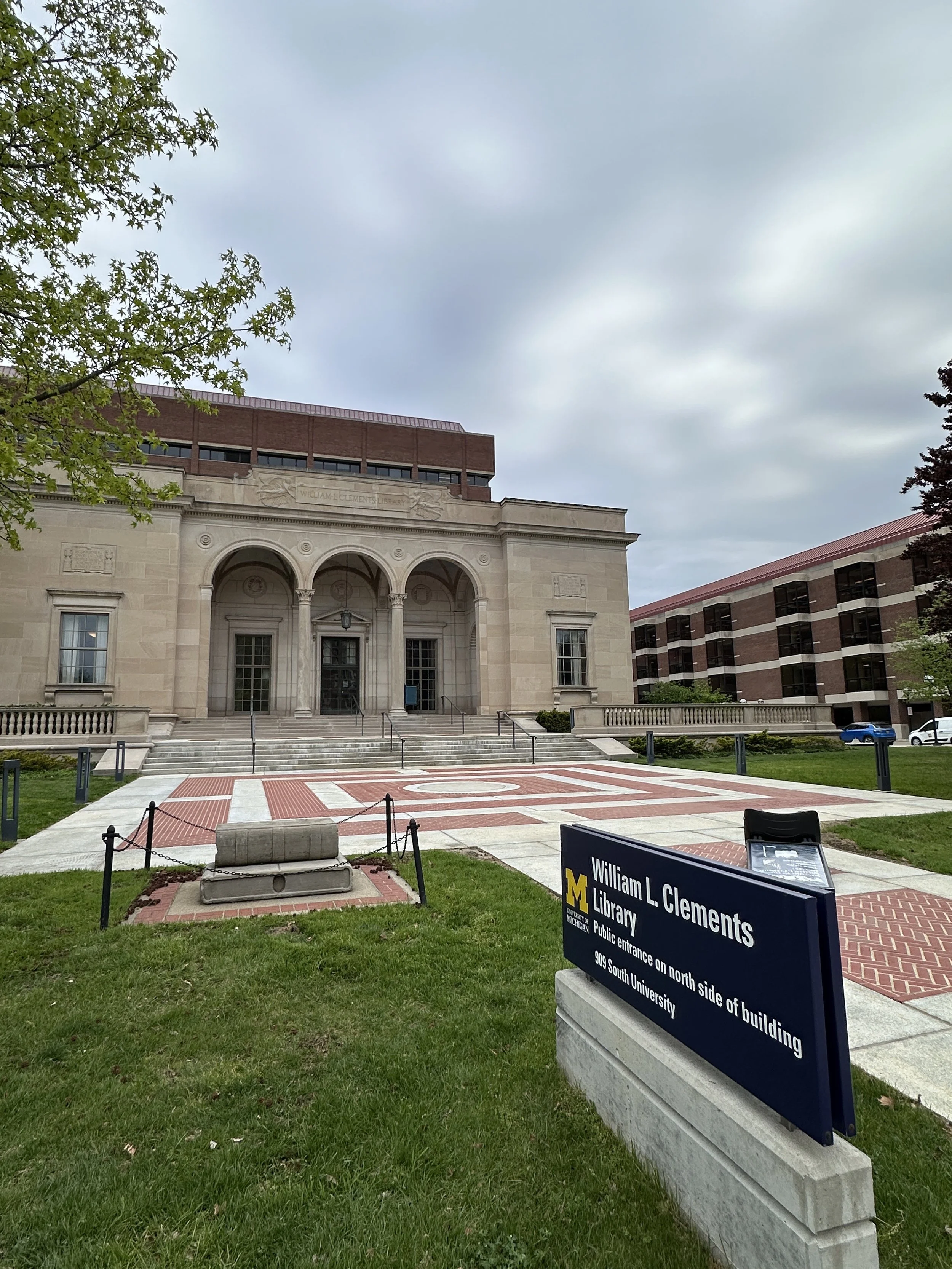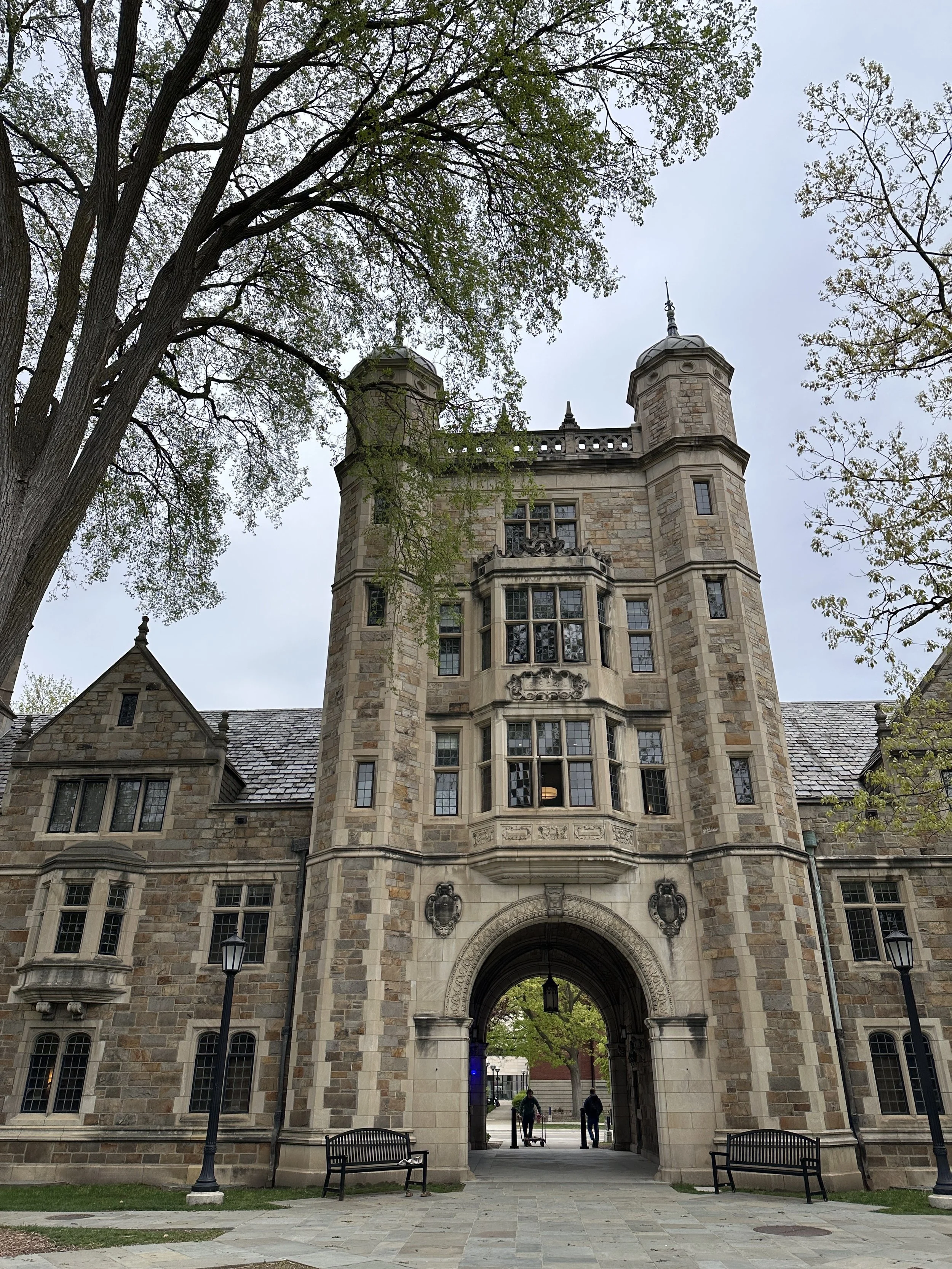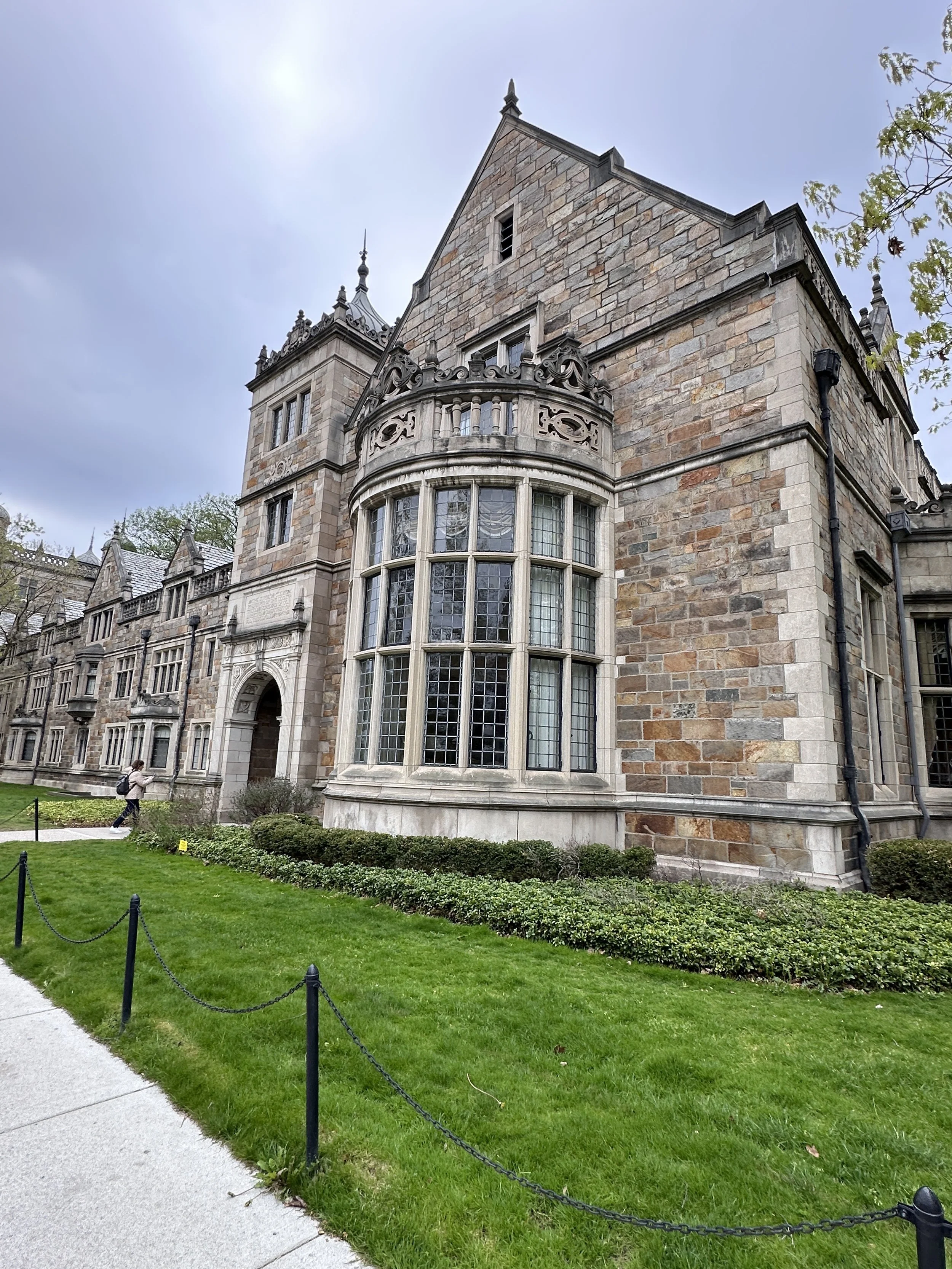Campus Visit: University of Michigan
I recently had the chance to tour the University of Michigan in Ann Arbor, a campus that’s as vibrant and dynamic as its reputation suggests. Whether you’re a high school student dreaming of becoming a Wolverine or a parent helping your teen navigate college choices, here’s an inside look at what makes Michigan unique and what you should know as you consider applying.
A Campus of Many Neighborhoods
The University of Michigan campus is a collection of four main “neighborhoods”, each with its own personality and focus:
North Campus is home to engineering, art, dance, and architecture.
Central Campus features the College of Literature, Science, and the Arts (LSA), Ross School of Business, and Kinesiology.
South Campus is where you’ll find the athletics complex-Go Blue!
Medical Campus is home to the medical school and other research complexes
Getting between campuses is easy thanks to campus buses, but if you have back-to-back classes on different campuses, plan for a 30-minute commute. Most classes end 10 minutes before the hour to help students get to their next class. The campus footprint is large and students often rely on Google Maps during their first semester to navigate their way between classes.
Campus Life: Food, Fun, and Community
Michigan offers seven dining halls with unlimited meal plans, and you can even grab “to go” boxes for late-night snacks. The Michigan Union is a hub of student activity, featuring study lounges, a food court, event spaces, and even a Barnes & Noble. Fun fact: The Peace Corps was founded on the steps of this very building by President Kennedy!
With over 1,700 student clubs and organizations, there’s truly something for everyone. Greek life makes up about 20-30% of the student body, but it’s easy to have a full social life without joining a fraternity or sorority.
Academics: Rigor and Flexibility
Michigan’s academic offerings are as diverse as its student body. The LSA is the largest college and a great fit for undecided students. Engineering students choose their major at the end of their first year, while business and nursing students follow a direct admissions path. Education and public policy students start in LSA and transition to their major either at the end of their first or second year.
Class sizes vary widely, from large lectures of 600-800 students (with smaller discussion sections led by teaching assistants) to intimate seminars of 18. First-year seminars are a great way to build relationships with professors and mentors. Both professors and TAs hold office hours, and students are encouraged to reach out for help.
Admissions Insights
Michigan is highly selective, with an average unweighted GPA of 3.9 for admitted students. The university is currently test-optional and will superscore SAT/ACT results if submitted. The application opens August 1, with Early Action due November 1 and Regular Decision due February 1.
Applicants submit the Common App, one academic recommendation, a counselor report, and two supplemental essays: a community essay and a “Why Michigan?” essay. There’s also an optional question about COVID-19 or disaster relief impacts.
Student Support and Success
The university boasts a 97% first-year retention rate and a 94% six-year graduation rate. Students describe the community as smart, involved, collaborative, and supportive. There are countless resources, from the Science Learning Center for tutoring to the Trotter Multicultural Center for student activism.
Housing, Transportation, and Life in Ann Arbor
Housing can be competitive, with most sophomores and upperclassmen living off campus in apartments renting for an average of $1500/month. Off campus housing waiting lists begin the the fall of the prior year with lease signings taking place in March. Parking is limited and lottery-based, so most freshmen don’t have cars on campus.
Michigan makes it easy to get around, with buses to Detroit and East Lansing and special routes leaving directly from dorm buildings during holidays. Sporting events are a big part of student life, and while most are free, football, basketball, and hockey tickets require a fee (with discounts for Pell Grant recipients).
Who Thrives at Michigan?
Michigan is best for self-starters who are ready to reach out, get involved, and take advantage of the university’s vast resources. It’s not a place where you’ll know everyone, but it’s a campus where you’ll find your community if you’re proactive.
Final Thoughts
The University of Michigan offers a world-class education, a spirited campus culture, and a supportive community. If you’re looking for a place that challenges you academically and encourages you to get involved, Michigan is worth a close look. Have questions about applying or want to know if Michigan is a good fit for you? Reach out-I’m always happy to help students and families navigate the college search process!
Interested in learning more? Visit UMich Admissions to schedule your own campus tour or explore virtually!




